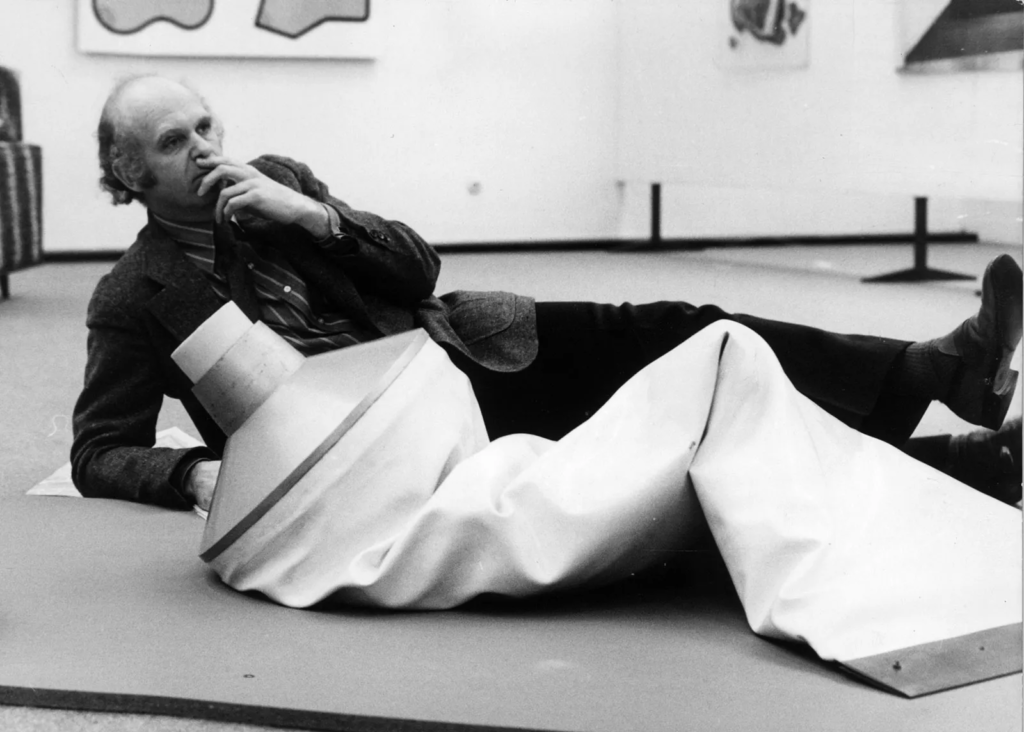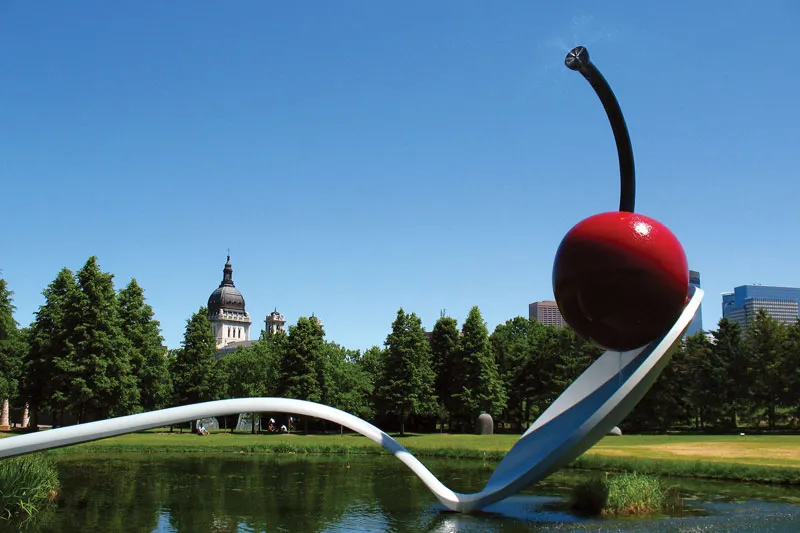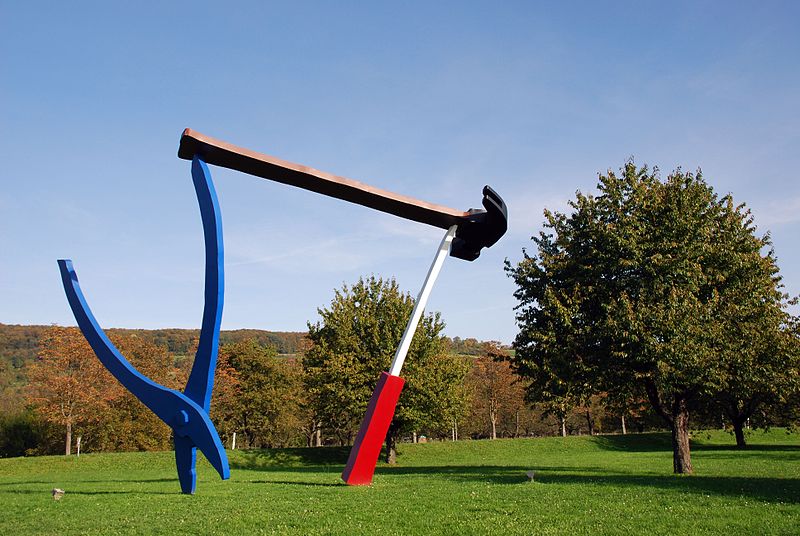
The Swedish born artist, Claes Oldenburg (1927- 2022), began as a painter and general performance artist before he phathomed with products and kinds that took him to sculpture. As a make any difference of point, his early ideas on monumental sculpture were being initially conceived as a series of drawings andwatercolours that he named Colossal Monuments.
Regardless of Oldenburg´s Artwork staying labeled as Pop artwork a detour outlined his have own design: replica was replaced by monumental.
1. Claes Oldenburg is very best known for his significant-scale community sculptures, but you almost certainly did not know he begun as a painter and effectiveness artist. In point, some artwork historians and critics has named it as a “Sculptor who moves concerning general performance and graphic art”

Claes Oldenburg with Big Toothpaste Tube (1964), 1970.
Foto: Keystone/Hulton Archive/Getty Visuals
2. Oldenburg treats his work as a totality in which vital themes and motifs interweave in a selection of media. He has produced a radical contribution to the history of sculpture by rethinking its elements, kinds, and issue subject.
2.1. Both his performances and paintings are closely linked with his perform in sculptures as we are about to see.
3. When he moved to New York in 1956, he turned fascinated with the street life: retailer windows, neon lights, grafitti, and even trash. It was the sculptural choices of these objects that led to a shift in fascination from painting to sculpture.
4. Essentially, his early thoughts on monumental sculpture have been very first conceived as a sequence of drawings and watercolours that he called Colossal Monuments, and many of them remained unbuilt.
5. All around the 60s, he developed The Shop, a assortment of painted plaster copies of food, outfits, jewelry, and other things, with which he started exploring supplies, scale, forms, etc.
6. At the exact same time, he started generating a sequence of happenings for which he designed giant objects manufactured of cloth stuffed with paper or rags. Later on on, he combined his perform with The Store and his happenings, and exhibited massive canvas-covered, foam-rubber sculptures of an ice-cream cone, a hamburger and a slice of cake.
7. That is how he commenced with his quite popular gentle sculptures: by translating the medium of sculpture from difficult to delicate, Oldenburg collapsed solid surfaces into limp, deflated objects that had been issue to gravity and probability.
8. Oldenburg was additional fascinated in banal solutions of consumer and day to day everyday living, in portion motivated by the statements of happening and his everyday living in NY, which led him to be regarded as an legendary artist of the Pop-artwork motion.
9. Considering that the 80s, Oldenburg began doing the job on commissions for community spaces or establishments. Some of his most preferred sculptures were manufactured about this time, these kinds of as Spoonbridge and Cherry, Dropped Cone, Mistos (Match Deal with) and Shuttlecocks, among the other people. All of these sculptures ended up designed in collaboration with unbiased critic and curator Coosje van Bruggen

Spoonbridge and Cherry, sculpture by Claes Oldenburg and Coosje van Bruggen, 1985–88 in the Minneapolis Sculpture Backyard garden of the Walker Artwork Center, Minneapolis, Minnesota.
Foto: © Michael Rubin/Shutterstock.com
10. His operate frequently disrupts the performance of typical objects—challenging our perceptions and unsettling our routines.Observed for their exaggerated scale, bold colors, and daring playfulness, Oldenburg’s sculptures stand out as a provocative mix of the ubiquitous and the unruly.

Picture: Imaginative Commons Attribution-Share Alike 3. Unporte
